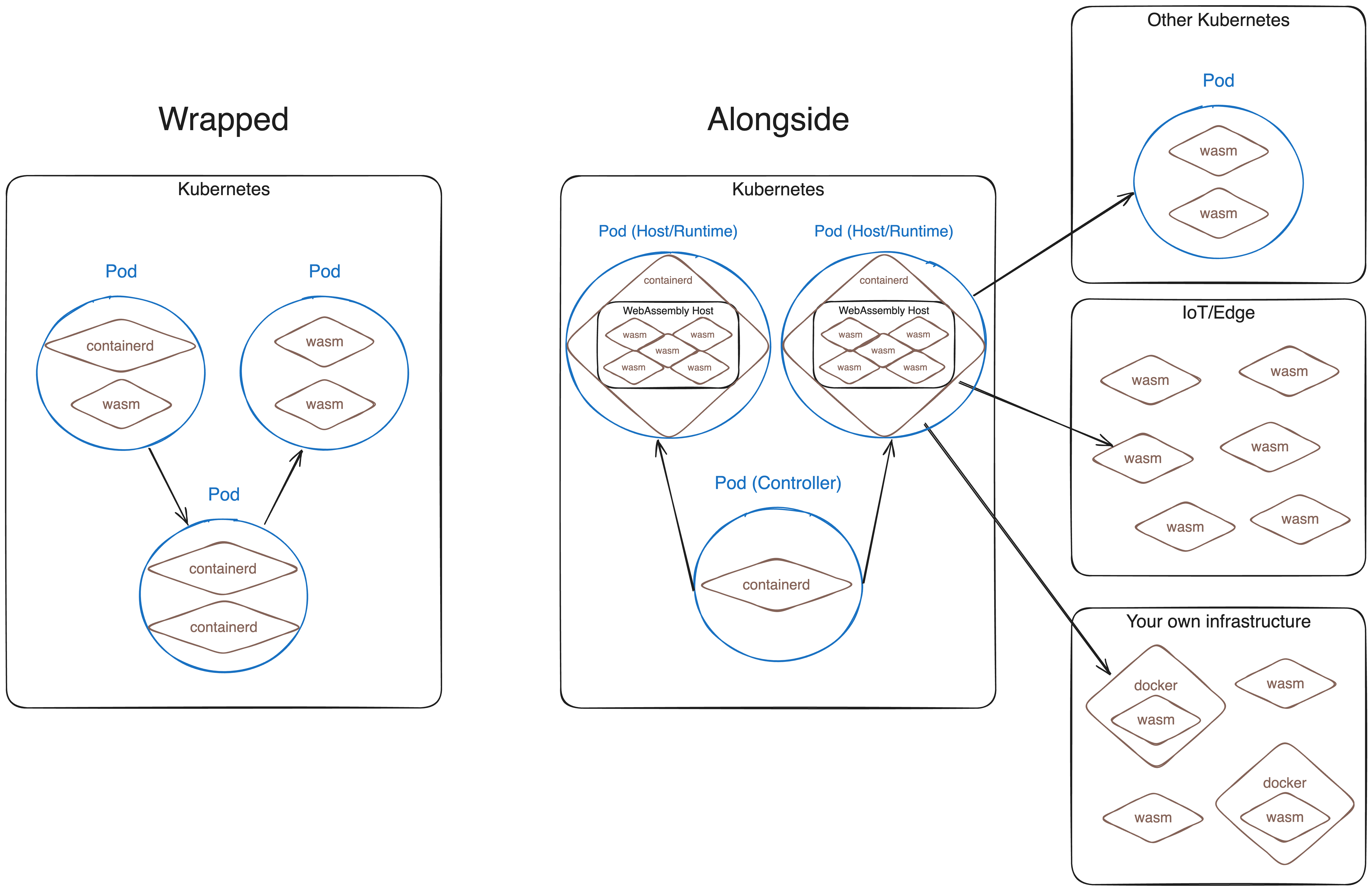- Seamlessly operate WebAssembly across any K8s distribution via GitOps pipeline
- Orchestrate CNCF wasmCloud across K8s with Kubernetes Custom Resource Definition (CRD)
- Wadm supercharges Cosmonic Connect Kubernetes to create new Kubernetes controller
WebAssembly on Kubernetes with Argo CD and Cosmonic








